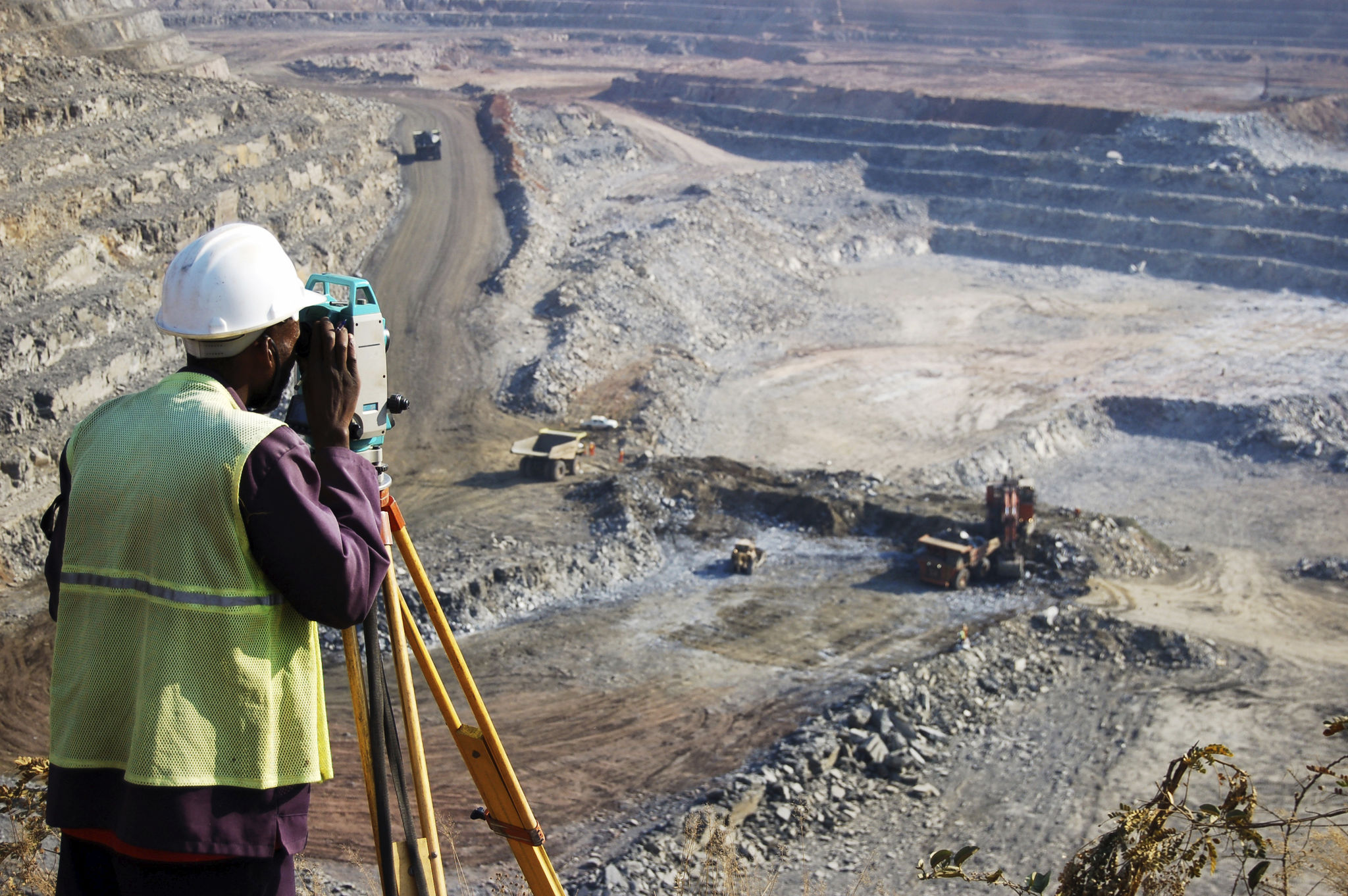A Comprehensive Guide to Zambia's Mineral Exports: Opportunities and Challenges
Overview of Zambia's Mineral Exports
Zambia, a landlocked country in Southern Africa, is renowned for its abundant natural resources, particularly minerals. The nation is one of the leading producers of copper, which plays a pivotal role in its economy. In addition to copper, Zambia has deposits of cobalt, emeralds, gold, and more. The mineral export sector significantly contributes to Zambia's GDP and offers numerous opportunities for economic growth and development.

Copper: The Backbone of Zambia's Economy
Copper is the most critical mineral resource in Zambia, accounting for a substantial portion of the country's export earnings. The rich copper belt region in Zambia is home to some of the largest copper mines in the world. These mines not only provide employment to thousands of Zambians but also attract significant foreign investment. The demand for copper is driven by its extensive use in electrical equipment and construction, making it a vital component of the global economy.
However, reliance on a single commodity can pose risks. Fluctuations in global copper prices can significantly impact Zambia's economy. Therefore, diversifying mineral exports and exploring value addition processes are crucial steps towards ensuring long-term economic stability.
Diversification of Mineral Exports
While copper remains dominant, Zambia is also rich in other valuable minerals like cobalt and emeralds. Cobalt, often found alongside copper deposits, is increasingly in demand due to its application in batteries for electric vehicles. This presents a lucrative opportunity for Zambia to capitalize on the growing green energy sector.

Emeralds from Zambia are celebrated for their vibrant green color and are among the finest globally. By investing in the gemstone market and improving gemstone cutting and polishing facilities, Zambia can enhance its export revenues. Other minerals such as gold and nickel also hold potential for export diversification.
Challenges Facing Zambia's Mineral Export Sector
Despite the opportunities, Zambia's mineral export sector faces several challenges. Infrastructure development is essential for efficient mining operations and transportation of minerals to export markets. Poor road networks and unreliable power supply can hinder productivity and increase operational costs.
Additionally, regulatory and policy frameworks need to be streamlined to create a conducive environment for both local and foreign investment. Consistent policies and transparent regulations are fundamental in attracting sustainable investment into the mining sector.

Environmental and Social Considerations
Mining activities can have significant environmental impacts, including land degradation and pollution. Therefore, implementing robust environmental policies and promoting sustainable mining practices are critical in minimizing these adverse effects. Engaging local communities and ensuring they benefit from mining activities is also important for social harmony and economic inclusiveness.
Efforts to mitigate environmental damage and involve communities can foster a more positive image of the mining industry and enhance its long-term viability.
Future Prospects for Zambia's Mineral Exports
Zambia's mineral export sector holds promising prospects with strategic planning and investment. By leveraging technology, enhancing infrastructure, and fostering innovation, Zambia can solidify its position as a key player in the global mineral market. Furthermore, building partnerships with international stakeholders can facilitate knowledge transfer and capacity building.
The future of Zambia's mineral exports depends on a balanced approach that maximizes economic benefits while addressing environmental and social challenges. With the right policies in place, the sector can contribute significantly to national development and improve the livelihoods of Zambians.
